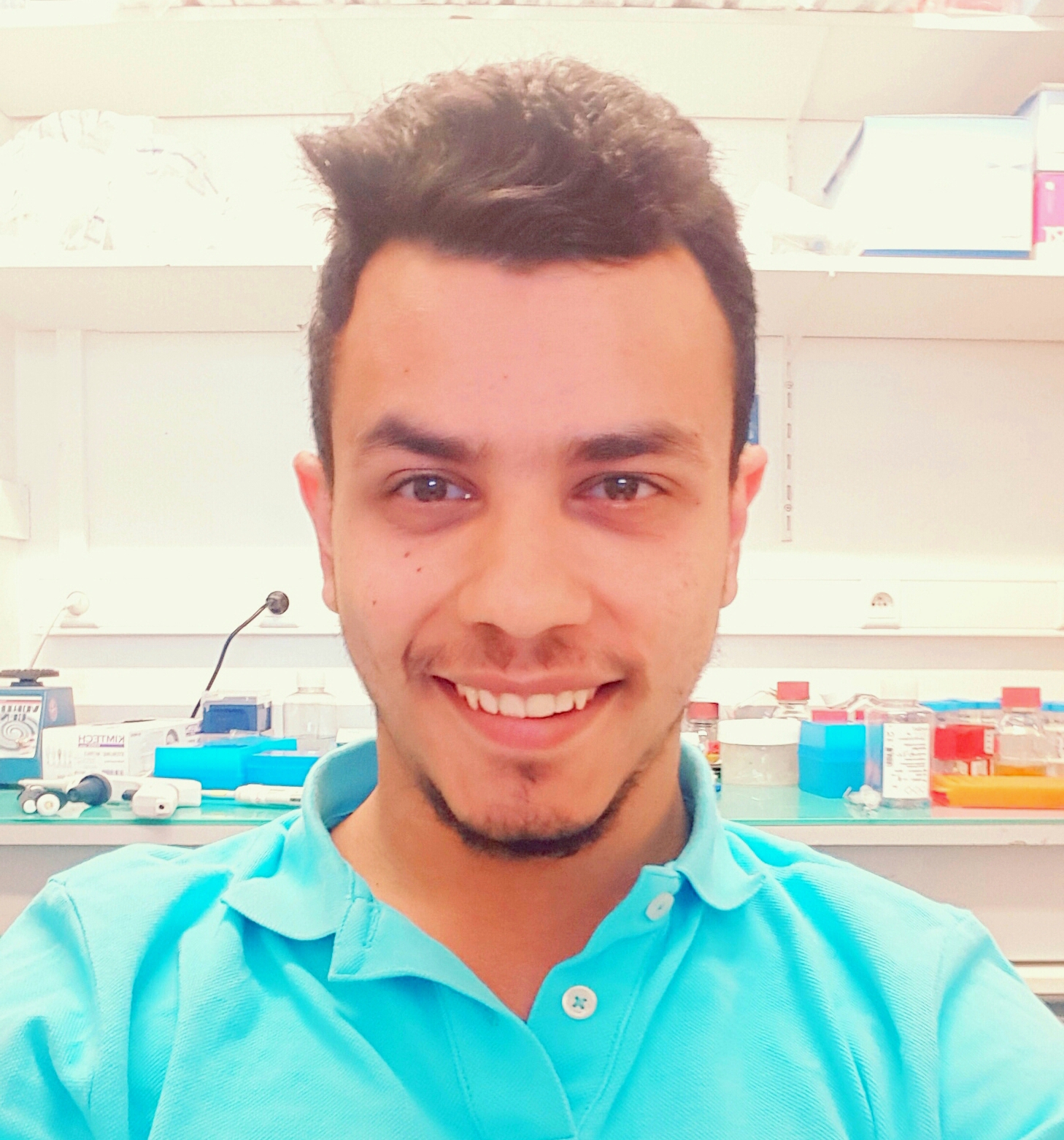Laboratory of Biology Development, CNRS "A choreography of centrosomalmRNAs reveals a conserved localization mechanism involving active polysome transport"
Nature Communication 12, 1352 (2021) https://doi.org/10.1038/s41467-021-21585-7
Adham Safieddine, Emeline Coleno, Soha Salloum, Arthur Imbert, Abdel-Meneem Traboulsi, Oh Sung Kwon, Frederic Lionneton, Virginie Georget, Marie-Cécile Robert, Thierry Gostan, Charles-Henri Lecellier, Racha Chouaib, Xavier Pichon, Hervé Le Hir, Kazem Zibara, Florian Mueller, Thomas Walter, Marion Peter & Edouard Bertrand.
Cv
Adham Safieddine, 29 years old, is currently a postdoc at Sorbonne University working on RNA storage across the cell cycle in the lab of Dominique Weil. After completing his a master in Genomics and Health at the Lebanese University in Beirut, Adham carried out a PhD in the lab of Edouard Bertrand in Montpellier. The key goals of his thesis were to investigate intracellular RNA localization and local translation in human cells. To achieve this, Adham combined single molecule FISH and in-situ nascent protein detection methods to visualize individual molecules of endogenous RNA and polysomes. In the selected paper, Adham and collaborators used this new approaches to identify several subcellular sites of local translation such as endosomes, Golgi, nuclear membrane, centrosomes, as well as, new structures named translation factories. Using live cell imaging of actively translating mRNA, Adham and co-workers discovered a new mechanism of co-translational RNA transport towards centrosomes that is regulated by cell cycle and also by the encoded nascent peptide. This new localized translation mechanism contributes to centrosomal remodeling throughout the cell cycle.
Contact
This email address is being protected from spambots. You need JavaScript enabled to view it.
Résumé de l'article
Local translation allows for a spatial control of gene expression. Here, we use high-throughput smFISH to screen centrosomal protein-coding genes, and we describe 8 human mRNAs accumulating at centrosomes. These mRNAs localize at different stages during cell cycle with a remarkable choreography, indicating a finely regulated translational program at centrosomes. Interestingly, drug treatments and reporter analyses reveal a common translation-dependent localization mechanism requiring the nascent protein. Using ASPM andNUMA1 as models, single mRNA and polysome imaging reveals active movements of endogenous polysomes towards the centrosome at the onset of mitosis, when these mRNAs start localizing. ASPM polysomes associate with microtubules and localize by either motor-driven transport or microtubule pulling. Remarkably, the Drosophila orthologs of the human centrosomal mRNAs also localize to centrosomes and also require translation. These data identify a conserved family of centrosomal mRNAs that localize by active polysome transport mediated by nascent proteins.




